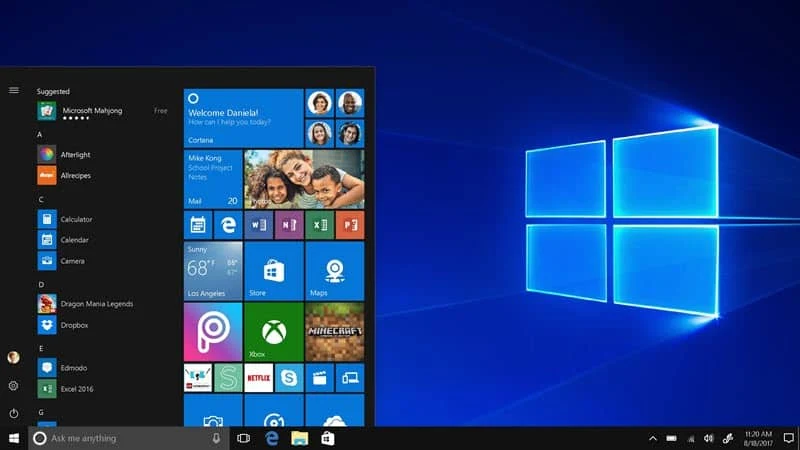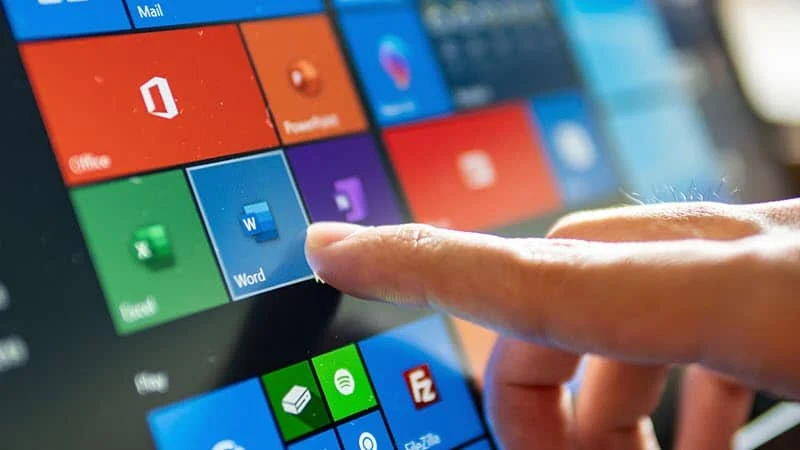Microsoft releases a new cumulative update (KB5006738) for Windows 10 version 2004 and newer. The new update is available via Windows Update as an optional update and brings several improvements. If you are likely to install this update on multiple devices, Microsoft also releases an offline installer for you.
To know more about the fixes, improvements in this build, and to download the Windows 10 KB5006738 (21H1) update offline installer, continue reading further.

As you already know that Windows 10 is a service, it gets better through periodic software updates via the Windows Updates. If you have already enabled the automatic updates, its automatically downloads and updates all or most of the updates.
As the Windows 10 versions 21H1, 20H2, and 2004 share a common core operating system and an identical set of system files, this update comes to all those listed operating system versions.
KB5006738 is now rolling out to Windows 10 versions 2004, 20H2, and 21H1 bringing the builds number to 19041.1320, 19042.1320, and 19043.1320, respectively. For more information, and to download the offline installer for KB5006738, continue reading more.
Windows 10 update KB5006738 for versions 21H1, 20H2 and 2004

-
Addresses an issue that prevents you from accessing the pre-provisioning page during the out-of-box experience (OOBE). This issue occurs when the credentials page for signing in to Azure Active Directory appears, and you press the Windows key five times.
-
Adds a feature that facilitates certain cross-browser data transfers.
-
Addresses an issue with Assigned Access kiosks that are configured with Microsoft Edge as a kiosk application. These kiosks might sometimes fail to restart Microsoft Edge if users close the browser window.
-
Addresses an issue in which the use of App-V intermittently causes black screens to appear when signing in on the credentials page.
-
Addresses an issue that might prevent subtitles from displaying for certain video apps and streaming video sites.
-
Addresses an issue that prevents Windows 10 virtual private network (VPN) users from connecting to Windows Server 2019 Routing and Remote Access service (RRAS) servers.
-
Addresses an issue that prevents Software-Defined Networking (SDN) virtual machines from working when you configure the Generic Routing Encapsulation (GRE) VPN bandwidth limitation.
-
Addresses a Primary Refresh Token (PRT) update issue that occurs when VPN users sign in using Windows Hello for Business when the VPN connection is offline. Users receive unexpected authentication prompts for online resources that are configured for user sign-in frequency (SIF) in Azure Active Directory-Conditional Access.
-
Addresses an issue that causes Windows to go into BitLocker recovery after a servicing update.
-
Addresses an issue that might cause Kerberos.dll to stop working within the Local Security Authority Subsystem Service (LSASS). This occurs when LSASS processes simultaneous Service for User (S4U) user-to-user (U2U) requests for the same client user.
-
Addresses an issue in Code Integrity that might cause a memory leak.
-
Enhances Microsoft Defender for Endpoint's ability to identify and intercept ransomware and advanced attacks.
-
Addresses an issue in the OOBE that might cause Windows AutoPilot provisioning to fail.
-
Addresses an issue that prevents Kana input mode users from inserting a question mark (?) using the Shift-0 key combination.
-
Addresses an issue that sometimes causes the lock screen to appear black if you set up slideshow.
-
Addresses a reliability issue with LogonUI.exe, which affects the rendering of the network status text on the credentials screen.
-
Addresses an issue that causes Server Message Block (SMB) Query Directory Requests to fail when the buffer size is large.
-
Addresses a memory leak issue in lsass.exe on domain controllers in the forest root domain that occurs when you have multiple forests and multiple domains in each forest. The SID-Name mapping functions leak memory when a request comes from another domain in the forest and crosses forest boundaries.
-
Addresses an issue with the virtual machine (VM) Load Balancing feature, which ignores a site's fault domain.
-
Addresses a known issue that might prevent the successful installation of printers using the Internet Printing Protocol (IPP).
How to download KB5006738 update (offline installer) for Windows 10
If your Windows Update service is enabled, you should have received this update notification. If not, open the Windows 10 Settings app, navigate to Windows Update and click the "Check for Updates" button. Then click the "Download and install" button to start downloading the Windows 10 update KB5006738.
If you own multiple Windows 10 devices or if you would like to patch the systems manually, you can download the offline installer by clicking here. This is an official direct download link for Windows 10 KB5006738 update.






